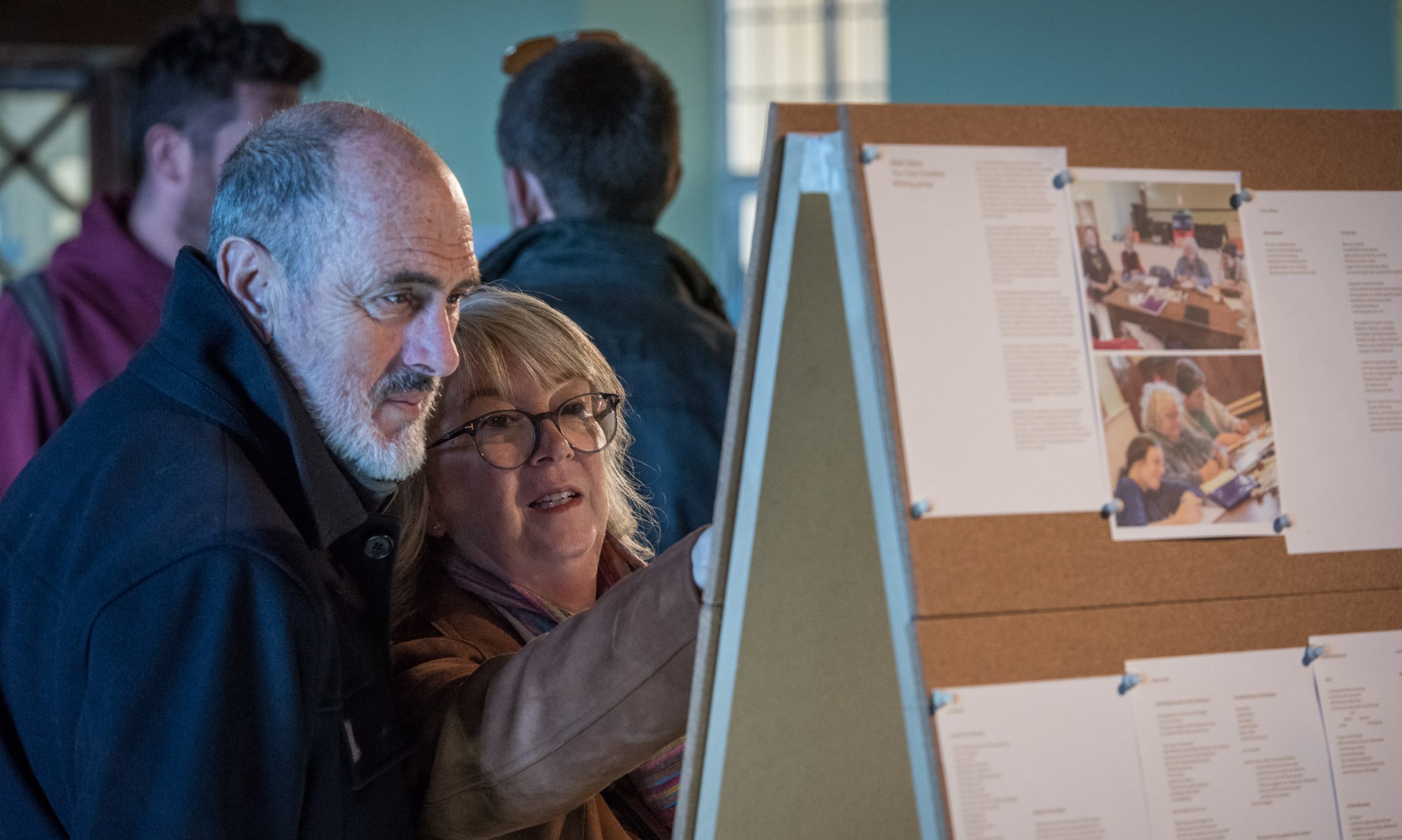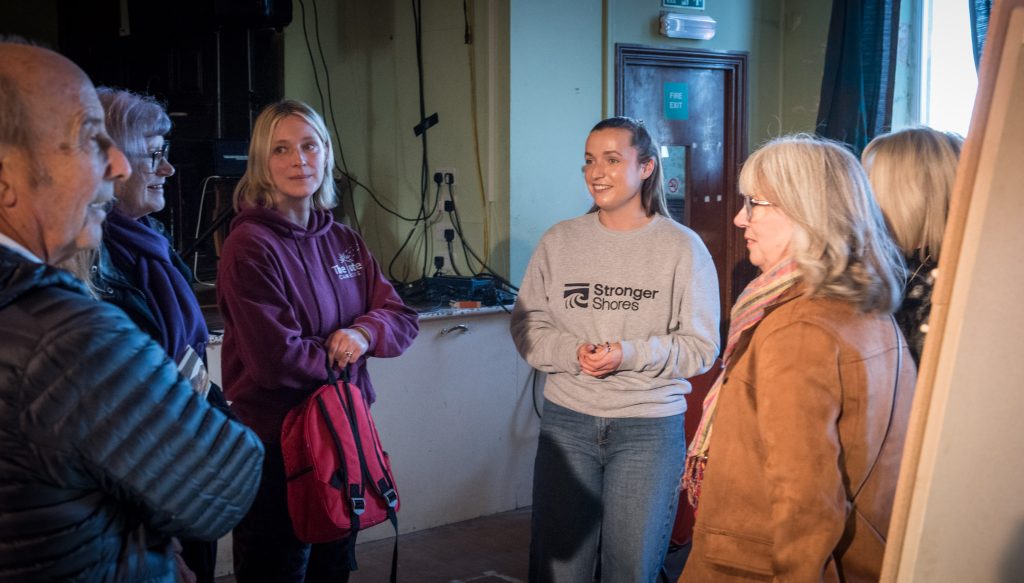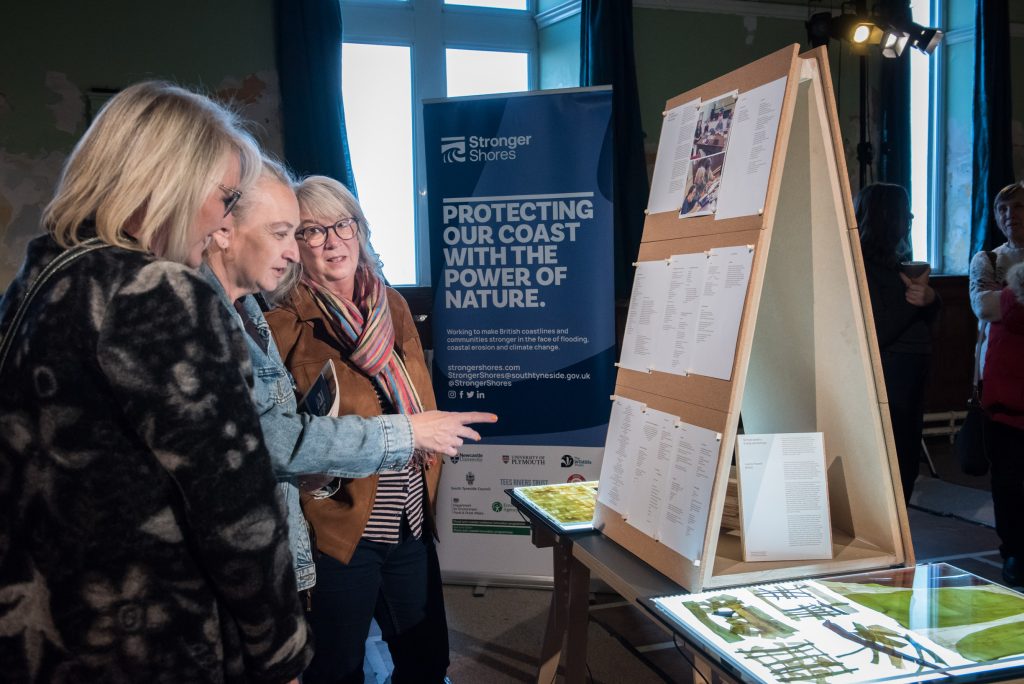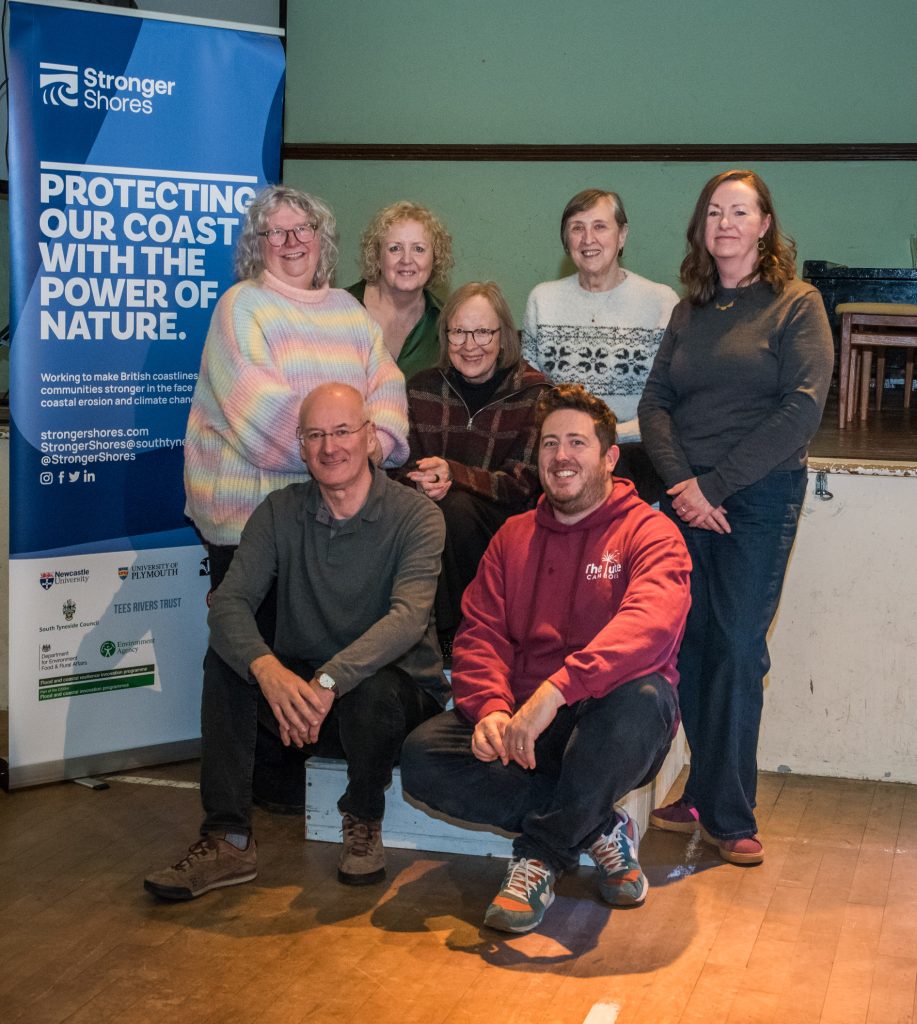Cambois Community Brings the Sea to Life Through Art
Art
As part of the Stronger Shores project, a vibrant programme of creative workshops unfolded in Cambois, Northumberland, bringing together local writing and dance groups from The Tute, children from Cambois Primary School, and a team of talented artists. This initiative explored the power of nature-based solutions – kelp forests, seagrass meadows, and oyster reefs – in protecting the North East coastline, and helping communities connect with these vital but hidden habitats through the lens of art.
These underwater ecosystems play a crucial role in building coastal resilience against erosion, flooding, and climate change. Yet, because they lie beneath the waves, they often go unnoticed. Art was chosen as a bridge to overcome this barrier, offering a powerful tool for expression, reflection, and connection.

A Creative Collaboration
The programme was curated by Matthew Jarratt, who brought together a team of artists to lead workshops across Cambois. Poet Linda France and writer Alex Oates worked with The Tute’s Creative Writing Group, guiding participants through a series of poetry sessions that explored personal memories of the sea and the science behind marine habitats. The resulting poems are rich with emotion, imagery, and insight – celebrating the beauty, mystery, and power of the ocean.
Meanwhile, Esther Huss, choreographer and founder of The Tute Troupe, led movement workshops that transformed scientific knowledge into expressive dance. Their final piece, The Shore is our Oyster was filmed in collaboration with Meerkat Films and premiered at The Tute on November 1st 2025. The performance creatively interprets the journey of a native oyster, using movement to reflect both ecological understanding and personal connection to the sea. You can watch this video using this link, or by visiting The Tute’s Facebook page – Video on Vimeo

At Cambois Primary School, visual artist Laurie Powell led hands-on workshops where children pressed and dried kelp gathered after storms, creating stunning seaweed collages. These sessions sparked curiosity and conversation about climate change and the role of marine habitats in protecting coastal communities. Poet Linda France also worked with the children to produce short, riddle-like poems inspired by the beach just metres from their classroom.

Art Meets Environmental Science
This creative collaboration is a powerful example of how art and science can come together to foster deeper community connections with the natural world. Through poetry, dance, and visual art, participants of all ages explored the significance of marine ecosystems and expressed their personal relationships with the coast.
As Emily Ross, Project Delivery Officer for Stronger Shores, reflects:
“Art bridges science and emotion, allowing people to engage with complex environmental issues in a deeply personal way. Seeing how this work resonates with the wider community reinforces the importance of combining creativity with environmental science.”

Why Community Engagement Matters
Projects like this demonstrate the transformative power of community engagement. They show how creative approaches can make environmental science accessible, meaningful, and memorable. Stronger Shores is currently gathering feedback from workshop participants and exhibition visitors to understand the impact of this work. These insights will help evidence the value of creative engagement and will form a key part of the Stronger Shores toolkit, supporting future efforts to build resilient coastal communities.

This project was supported by Stronger Shores. Stronger Shores is funded by Department for Environment, Food and Rural Affairs (Defra) as part of the £200 million Flood and Coastal Innovation Programme which is managed by the Environment Agency
